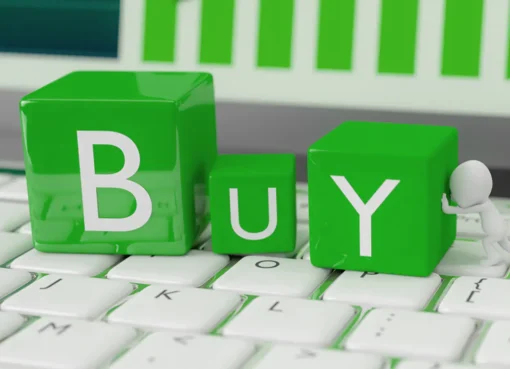Basics of Digital Payments: Sending and Receiving Money Electronically

In today’s digital age, sending and receiving money has become easier than ever before. Thanks to the rise of digital payment methods, we can now make transactions without the need for physical cash or checks. In this blog post, we will explore the basics of digital payments and how you can send and receive money electronically.
1. What are digital payments?
Digital payments, also known as electronic payments, refer to the process of transferring money electronically from one party to another. Instead of using physical cash or checks, digital payments rely on various digital technologies and platforms to facilitate transactions.
2. Types of digital payment methods:
There are several types of digital payment methods available today. Some of the most common ones include:
– Mobile wallets: Mobile wallet apps, such as Apple Pay, Google Pay, and Samsung Pay, allow users to store their payment information securely on their smartphones. These apps enable users to make contactless payments by simply tapping their phones on compatible payment terminals.
– Online banking: Online banking allows users to transfer money electronically between their bank accounts. This can be done through a bank’s website or mobile app. Users can also pay bills and make purchases online using their bank account information.
– Peer-to-peer (P2P) payment apps: P2P payment apps, like Venmo, PayPal, and Cash App, enable users to send and receive money directly to and from their friends, family, or acquaintances. These apps often provide additional features, such as splitting bills, requesting money, and making payments to businesses.
– Cryptocurrencies: Cryptocurrencies, such as Bitcoin and Ethereum, are digital or virtual currencies that use cryptography for secure transactions. They operate on decentralized networks called blockchains and offer a decentralized and secure way of sending and receiving money.
3. How to send money electronically:
Sending money electronically is a straightforward process. Here’s a step-by-step guide:
Step 1: Choose a digital payment method: Select the digital payment method that suits your needs and preferences. Consider factors such as convenience, security, and availability.
Step 2: Set up your account: Create an account or download the app associated with the chosen digital payment method. Follow the instructions to set up your account by providing the necessary information, such as your name, email address, and payment details.
Step 3: Add funds to your account: Depending on the digital payment method, you may need to add funds to your account. This can be done by linking your bank account or credit/debit card to the digital payment app or platform.
Step 4: Enter recipient’s information: Provide the recipient’s information, such as their email address, phone number, or username, depending on the digital payment method you are using.
Step 5: Enter the amount and confirm: Enter the amount you wish to send and review the transaction details. Once you are satisfied, confirm the transaction.
Step 6: Verify the transaction: Some digital payment methods may require additional verification steps, such as entering a PIN or providing biometric authentication, to ensure the security of the transaction.
Step 7: Send the money: Once the transaction is verified, click on the “Send” or “Transfer” button to complete the process. The recipient will receive a notification about the incoming funds.
4. How to receive money electronically:
Receiving money electronically is as simple as sending it. Here’s what you need to do:
Step 1: Provide your payment information: Depending on the digital payment method, you may need to provide your payment information, such as your email address, phone number, or username, to the sender.
Step 2: Accept the payment: Once the sender initiates the transaction, you will receive a notification or an email informing you about the incoming funds. Follow the instructions provided to accept the payment.
Step 3: Withdraw or use the funds: Depending on the digital payment method, you can choose to withdraw the funds to your bank account or keep them within the digital payment app for future use. You can also use the received funds to make payments to other individuals or businesses.
5. Benefits of digital payments:
Digital payments offer several benefits over traditional payment methods, including:
– Convenience: Digital payments can be made anytime and anywhere, without the need for physical cash or checks. This eliminates the need to carry bulky wallets or visit physical bank branches.
– Speed: Digital payments are often processed instantly or within a few minutes, allowing for quick and efficient transactions.
– Security: Digital payment methods employ various security measures, such as encryption and tokenization, to protect users’ financial information. This reduces the risk of fraud and unauthorized access to sensitive data.
– Tracking and record-keeping: Digital payments provide a digital trail of transactions, making it easier to track and manage your finances. You can easily access transaction history and receipts for future reference.
– Contactless transactions: In the wake of the COVID-19 pandemic, contactless payments have gained popularity due to their hygienic nature. Digital payment methods allow for safe and touch-free transactions.
In conclusion, digital payments have revolutionized the way we send and receive money. With a wide range of digital payment methods available, it has never been easier to make transactions electronically. Whether you choose mobile wallets, online banking, P2P payment apps, or cryptocurrencies, embracing digital payments can simplify your financial transactions and enhance your overall payment experience.



Leave a Comment